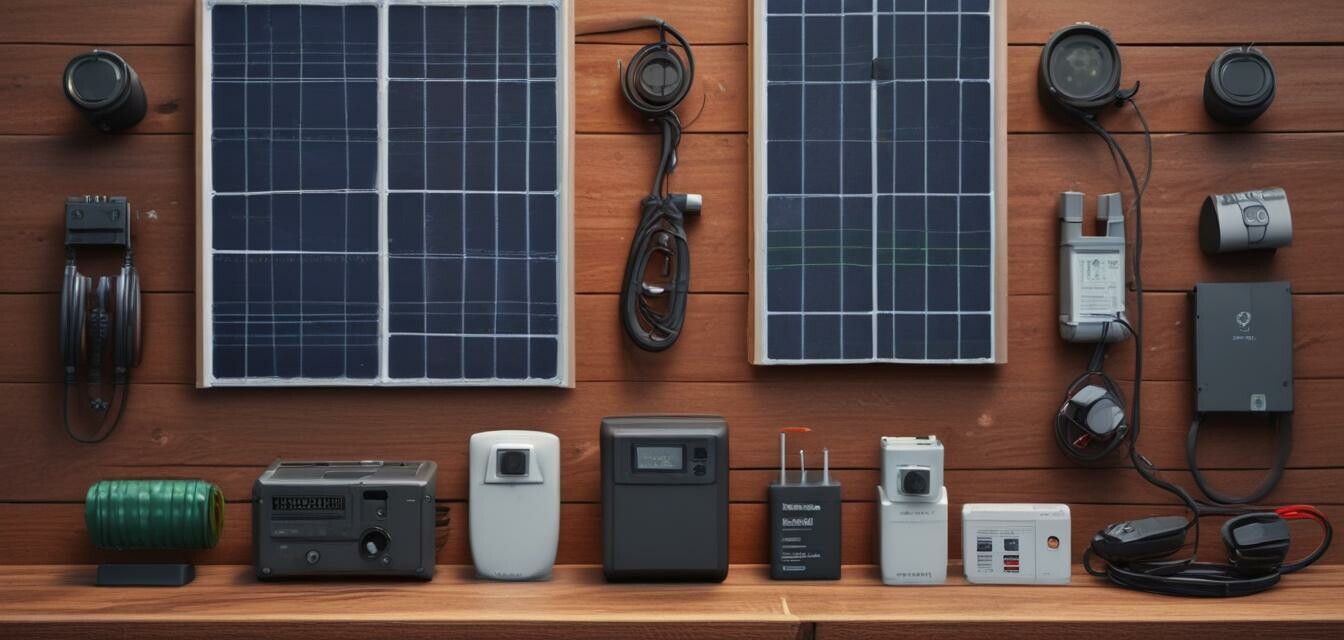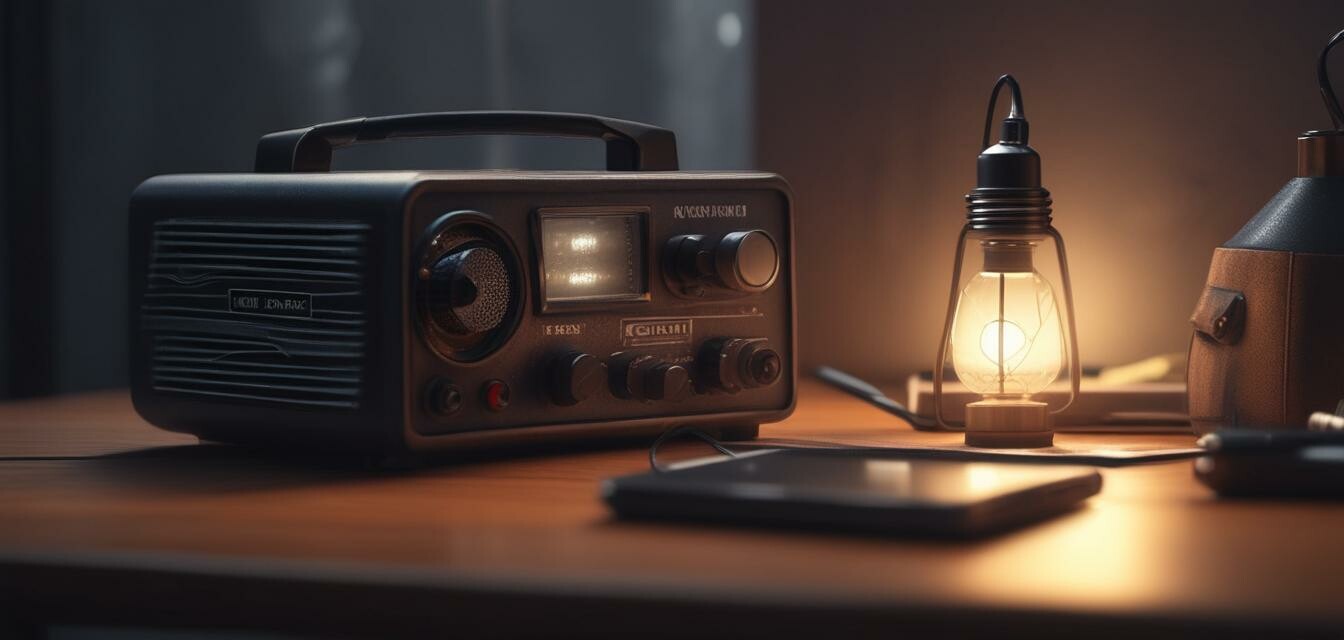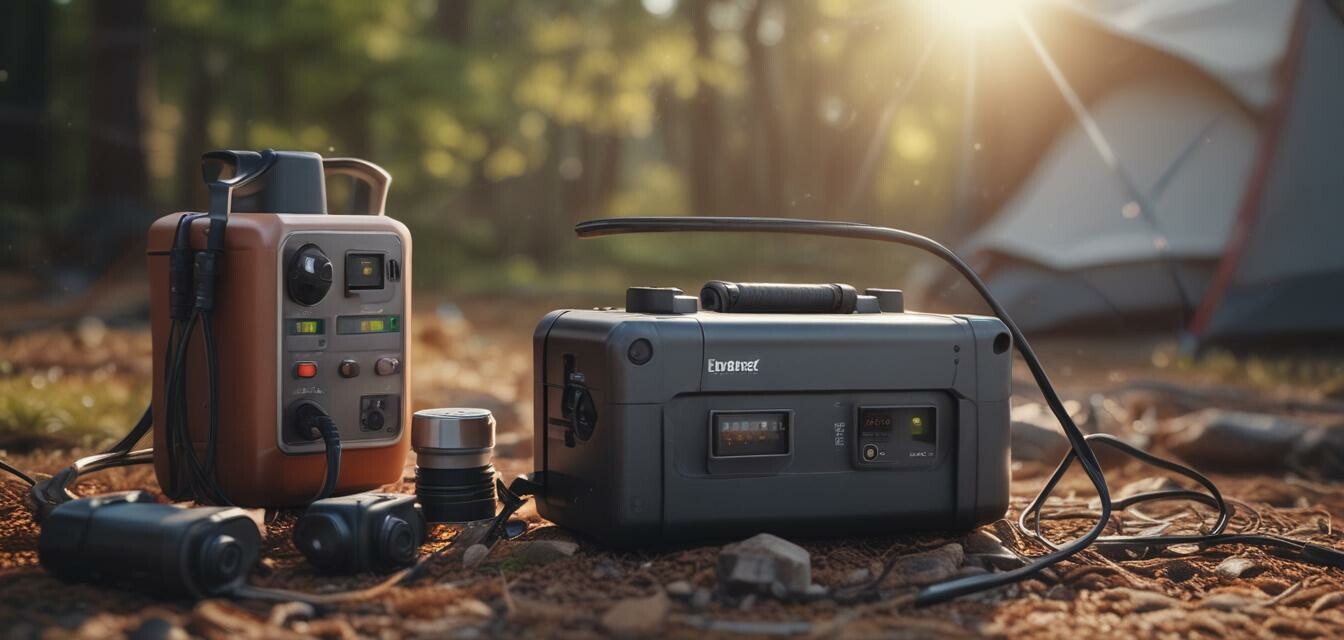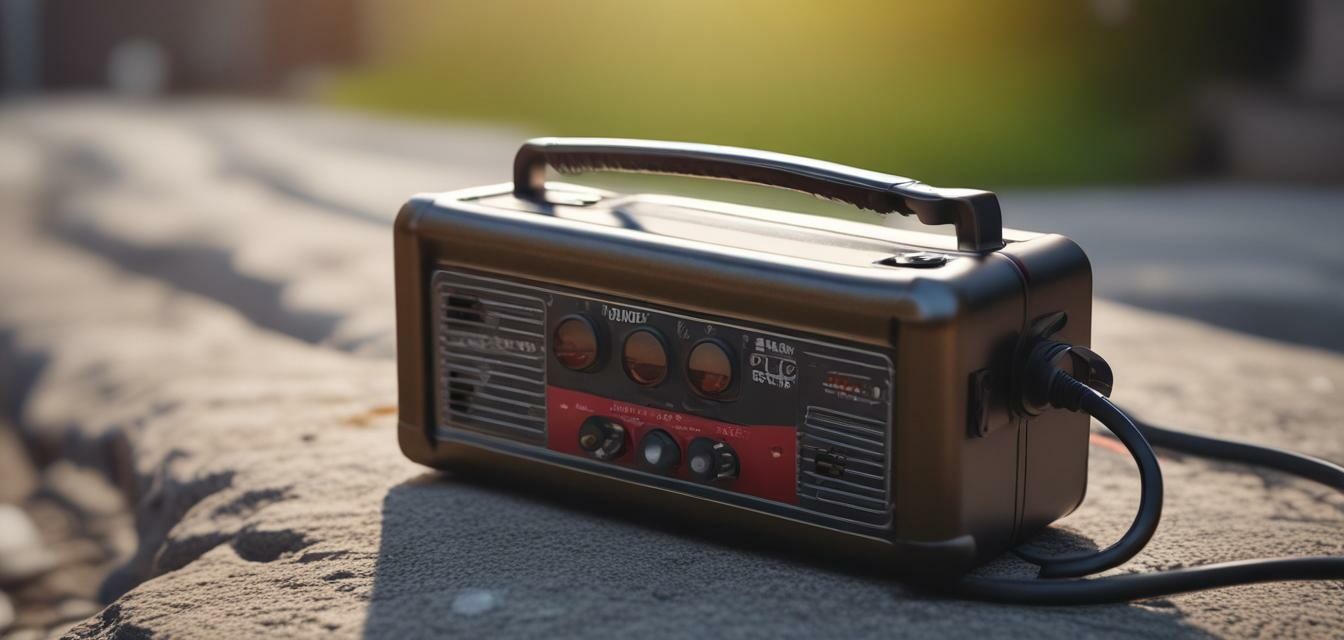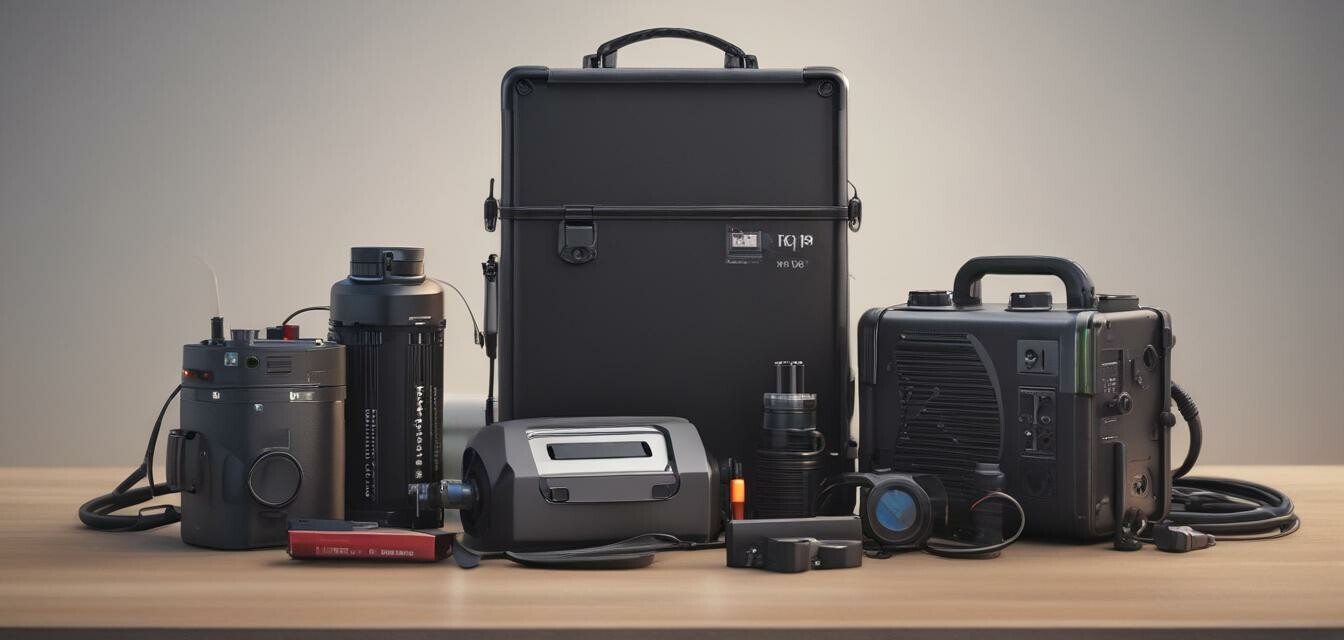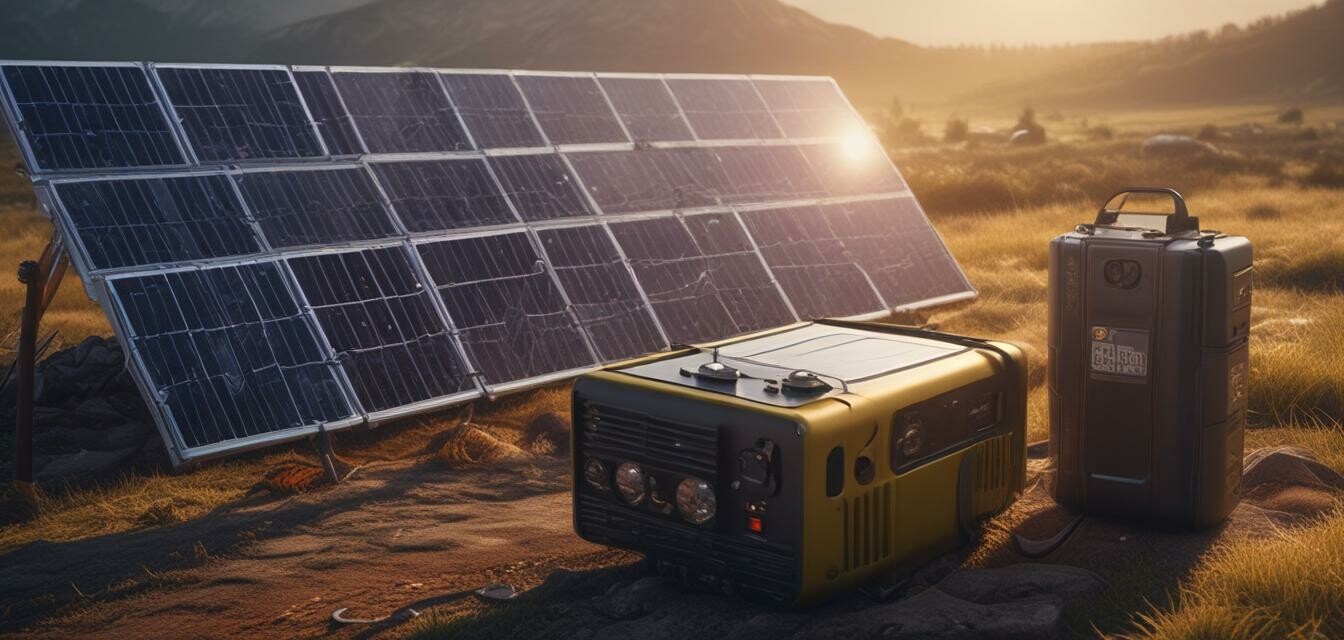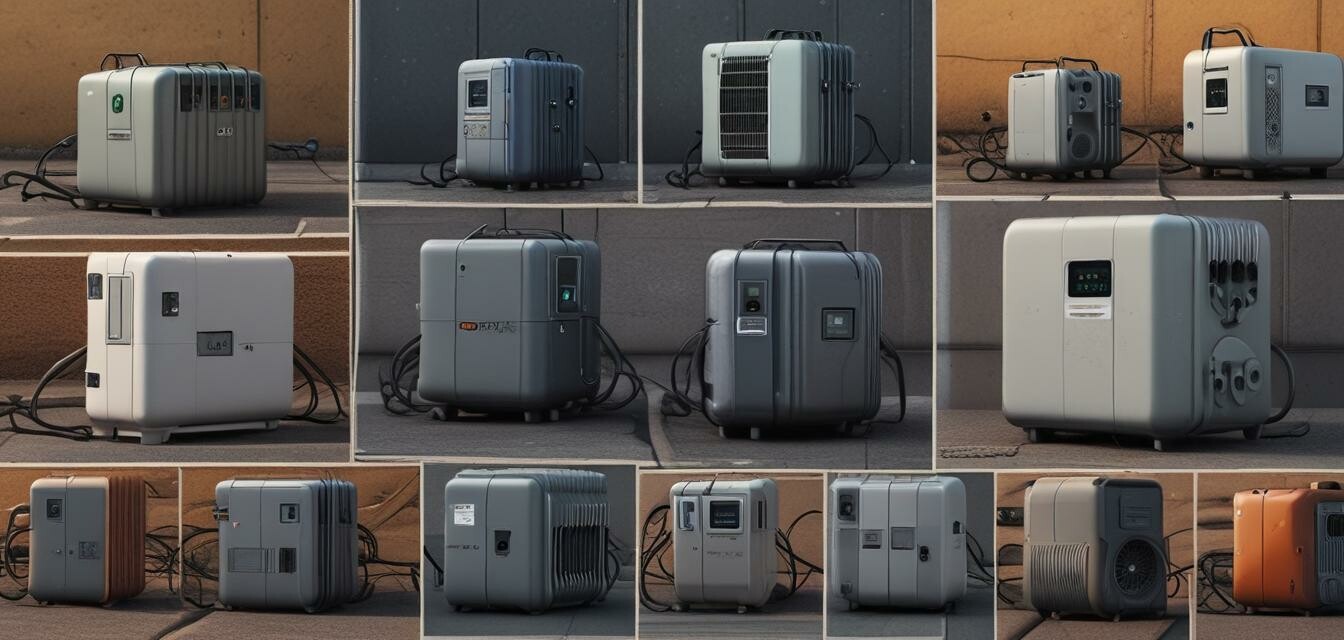
Choosing the Right Power Station
When it comes to emergency energy backup kits, a portable power station is a crucial component. With so many options available, selecting the right one can be overwhelming. In this article, we'll guide you through the key factors to consider when choosing a portable power station that meets your needs.
Key Takeaways
- Determine your power requirements based on the devices you need to charge
- Consider the type and number of outlets you need
- Think about the portability and durability of the power station
- Check the battery capacity and recharge time
- Look for additional features such as USB ports, LED lights, and solar charging capabilities
Understanding Your Power Requirements
Before selecting a portable power station, it's essential to determine your power requirements. Think about the devices you need to charge during an emergency or when camping. Make a list of the devices and their corresponding power ratings. This will give you an idea of the total power output you require.
| Device | Power Rating (Watts) |
|---|---|
| Laptop | 65W |
| Smartphone | 10W |
| CPAP Machine | 30W |
| Total Power Requirement | 105W |
Outlet Type and Quantity
Another crucial factor to consider is the type and number of outlets you need. Do you require AC outlets, DC outlets, or USB ports? How many devices do you need to charge simultaneously? Make sure to choose a power station that can accommodate your outlet requirements.
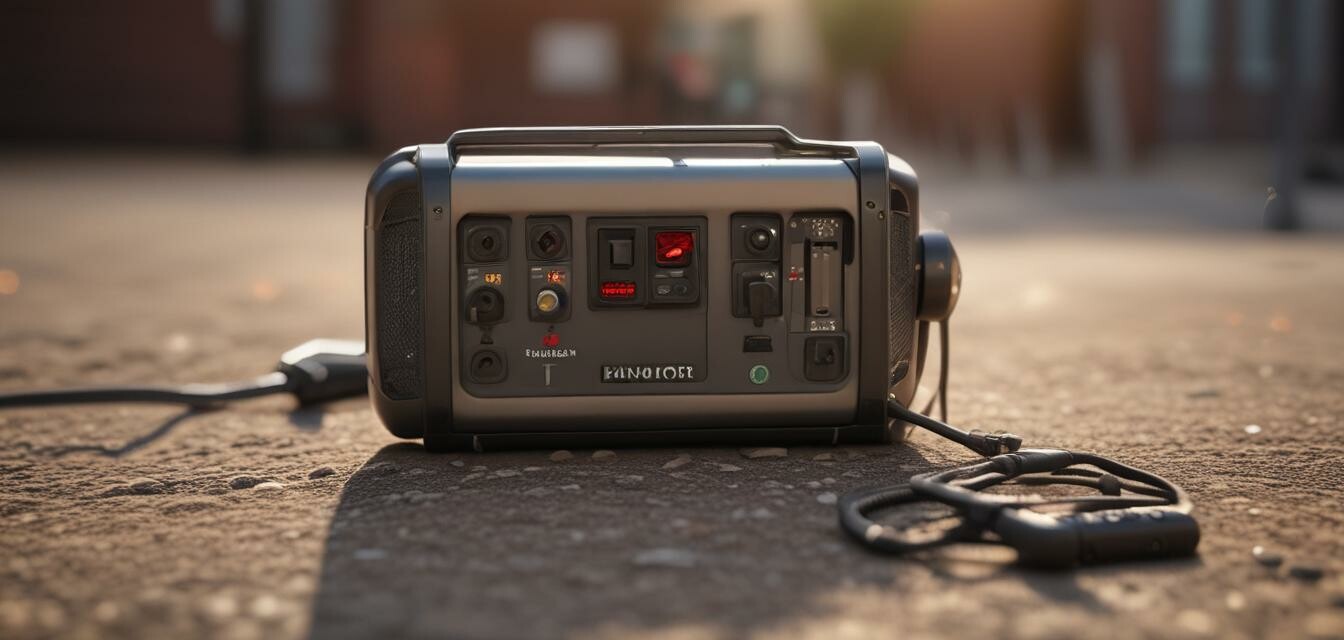
Portability and Durability
When it comes to portable power stations, size and weight matter. If you plan to take the power station camping or to outdoor events, look for a compact and lightweight option. Additionally, consider the durability of the power station. Is it built with high-quality materials that can withstand rough handling?
Battery Capacity and Recharge Time
The battery capacity of a portable power station is measured in watt-hours (Wh). A higher Wh rating indicates a longer battery life. Consider how long you need the power station to last during an emergency or camping trip. Also, think about the recharge time. Can you recharge the power station quickly using solar panels or a wall outlet?
| Battery Capacity (Wh) | Recharge Time (Hours) |
|---|---|
| 500Wh | 5-6 hours |
| 1000Wh | 10-12 hours |
Additional Features
Some portable power stations come with additional features that can enhance your emergency preparedness or camping experience. These may include:
- USB ports for charging small devices
- LED lights for lighting up dark spaces
- Solar charging capabilities for recharging the power station using solar panels
- Carrying handles or straps for easy transportation
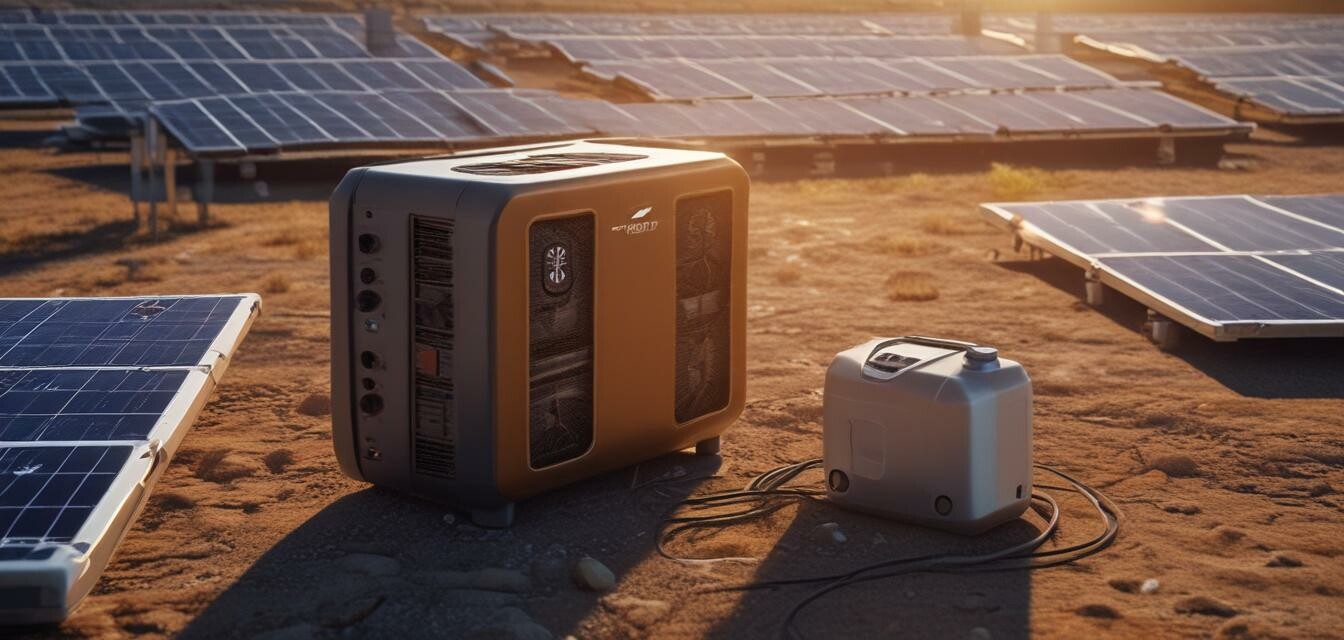
When selecting a portable power station, consider the features that are essential to your needs.
Conclusion
Choosing the right portable power station requires careful consideration of your power requirements, outlet needs, portability, durability, battery capacity, and additional features. By following this guide, you'll be able to select a power station that meets your needs and provides reliable emergency energy backup.
Pros of Having a Portable Power Station
- Provides reliable emergency energy backup
- Can be used for camping and outdoor events
- Offers flexibility and portability
Cons of Having a Portable Power Station
- Can be heavy and bulky
- Recharge time may be slow
For more information on emergency energy backup kits and portable power stations, check out our resources on Battery Backup Systems, Emergency Lighting Solutions, and Portable Power Stations.

Remember to always prioritize your safety and preparedness during emergencies. A portable power station is a valuable component of any emergency energy backup kit.
Stay prepared with Corawall!

